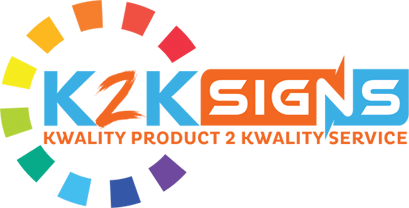Danger Signs are warning signs used to alert people about hazardous situations. They are crucial for safety. In Australia, these signs follow specific standards for colours and shapes:
Colour: Danger signs in Australia are usually red and black, immediately grabbing attention and indicating danger.
Shape: They are typically rectangular, with a white symbol or text on a red background, surrounded by a black border.
These signs are used in various places:
- Workplaces: To warn employees and visitors about dangers like machinery, chemicals, or high voltage areas.
- Roads: To indicate risky situations, like sharp curves, steep hills, or animal crossings.
- Construction Sites: To caution workers and the public about potential construction-related hazards.
- Public Areas: In parks, beaches, or other public spaces, to warn of dangers like solid currents or slippery surfaces.





















